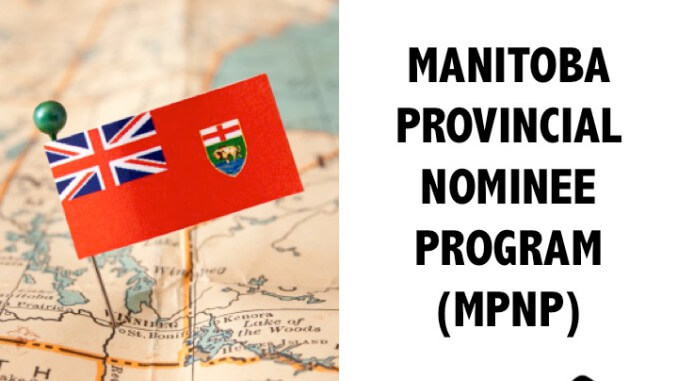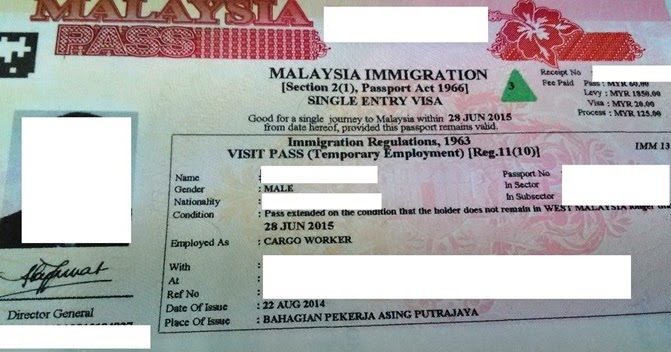Canada is considered one of the most famous nations in the world regarding Immigration. All this can be traced back to the number of programs Canada offers to foreign students, skilled workers, and entrepreneurs through which they can enter the country and potentially stay there and be a resource for the nation.
Higher education in one of the top Canadian universities is a dream for students, and rightly so, the Canadian Higher Education system is regarded as one of the best. As a result, more and more students have started immigrating to Canada for higher studies.
These students often need clarification on the different pathways that the IRCC offers. There are 2 paths a student can choose from, SDS or Non-SDS. We at Beyond Immigration will explain both of the pathways and provide answers to all the frequently asked questions to clear all the confusion regarding these pathways.
SDS: Student Direct Stream

This stream was earlier known as the Student Partner Program, the stream is designed for foreign students who are applying for post-secondary education at a Designated Learning Institution(DLI). A DLI is an institution that is approved by the provincial or national government to host international students.
SDS is a system designed to streamline the process of immigration for students and is only available to students of the following countries.
- Antigua and Barbuda
- Brazil
- China
- Colombia
- Costa Rica
- India
- Morocco
- Pakistan
- Peru
- Philippines
- Senegal
- Saint Vincent and the Grenadines
- Trinidad and Tobago
- Vietnam
This system is much faster than the Non-SDS/General Category. Being the streamlined system for just students, you can sometimes expect a revert back from IRCC within 20 days if all conditions are met.
Eligibility
- Language Test: To qualify for the SDS system, you must appear for a language proficiency exam either for french or english. The test must be completed within 2 years of the application date. The acceptable tests are IELTS ( International English Language Testing System) for English and TEF(test évaluation de français) for French, while the minimum score requirements are 6.0 bands in IELTS (in each skill) and a score equivalent to CLB 7 in TEF.
- GIC: GIC or Guaranteed Investment Certificate of a minimum CAD 10000 in any bank under CDIC is a must before you apply for a visa under this category.
- Proof of payment of the first-year fee in a DLI. (fee receipt, bank statement)
- Letter of acceptance from a DLI.
- Education Transcripts and work experience
- Proof of upfront Medical examination
All the other necessary documents are:
- Identity proof
- Quebec Acceptance Certificate
- Family Information form
- Application for Study Permit Made Outside Canada form
- Valid Passport
- Marriage details
- Use of a Representative form
- Statement of Purpose
Application Process
The application process for this stream is completely online. If an application is made on a paper basis, it will NOT be considered under SDS.
Step 1: Collect all the documents required, and make sure they are in english or french. Fill out the necessary forms.
Step 2: As the application is online, neatly scan all your documents and create their digital copies. Everything will take place on the IRCC website.
Step 3: Pay all the necessary fees via debit/credit cards. Sometimes you might be asked to pay your biometrics fee at the same time. It is advised to get your biometrics sorted out as soon as possible.
NON-SDS: General Category or NON-Student Direct Stream
If you are unable to fulfill the eligibility criteria of the SDS system, students can choose the general route for the Visa application to have temporary residence in the country. Being the standard category, all the other types of visa applications are put in the same pool as the study permit applications. Unlike SDS, this system does not have a specific visa/permit to focus on, hence the time of processing is a lot. It generally takes 2-3 months to process.
There are a lot of eligibility differences when it comes to Non-SDS. To put it in simpler terms, the Non-SDS category is pretty much standard, hence the eligibility criteria are more open and have fewer restrictions.
Eligibility
- Language Proficiency Tests: In addition to TEF and IELTS, you can also provide TOEFL results.
- GIC: Here GIC is not mandatory, although people can choose to invest in it and show the certificate. In turn, you can prove that you have an ample amount of liquid funds.
- Tuition Fee: Here is the tuition fee that must be paid for the first 6 months in a DLI. In the SDS system, the minimum is 1 year.
- Financial Documents: in this category, financial documents are a must, you need to provide bank statements, ITRs, Form 16, J-forms, etc. Liquid assets can be shown as well.
Application Process
Step 1: Visit the official website, IRCC, and sign in with your GCkey and password. Accept all the terms and conditions and fill in the identification validation.
Step 2: Start your application, and if you have one, enter a reference number. If you do not have a reference number you can determine your eligibility online through a questionnaire.
Step 3: If eligible, you can then start filling in the necessary details.
Step 4: Check all the required documents, and submit them whenever you are ready.
Which is better? SDS or Non-SDS?
As the whole stream is made for students and their registration, the SDS category can be considered the better one out of the two. There are way fewer documents and way fewer processing times. As a result, Student Direct Stream is a clear winner.
Success Rate of Non-SDS in Canada
As expected, the success rate of the non-SDS application category is very low when compared to SDS. The success rate for the SDS system is somewhere around 70% while for the other one, it is 40%.
What are the chances of getting a visa in non-SDS?
As mentioned above, the success rate is incredibly low and the processing time is a lot. Hence, the chances of getting a visa under this category are quite slim.
Can I get a Visa in non-SDS?
Yes, you can get a visa through this category. But if you want to apply for a study permit, it s recommended that you chose the SDS system due to its higher success rates, low processing time, and generally streamlined process.
What is the processing time for SDS and non-SDS?
The time taken to process your application in the SDS system is at least 20 days, considering your documents were perfect and you completed your biometrics and other duties on time. Whereas, the processing time for the non-SDS stream is
To get an even better idea of SDS and non-SDS, drop a query at Beyond Immigration. Our expert team of consultants and professionals will reach out to you.























